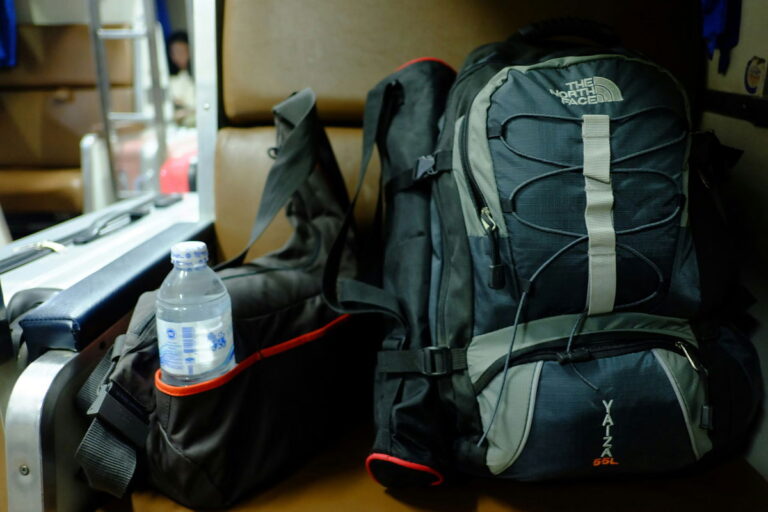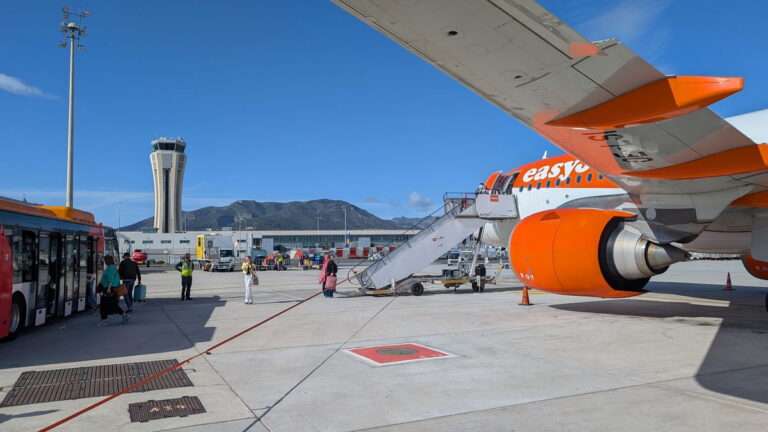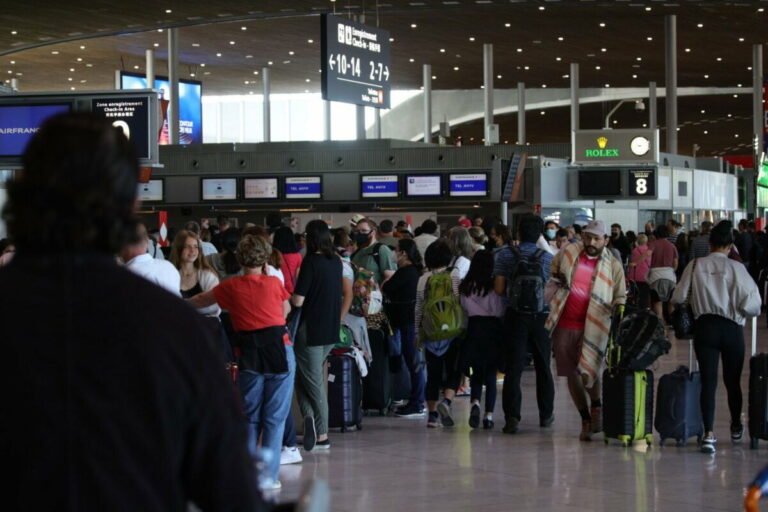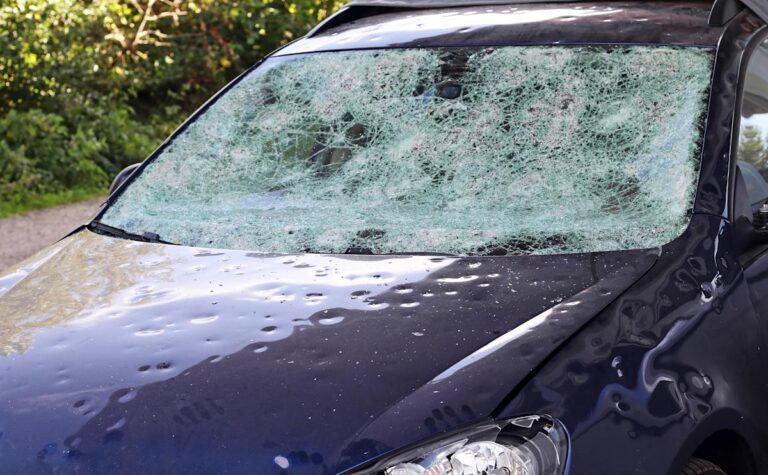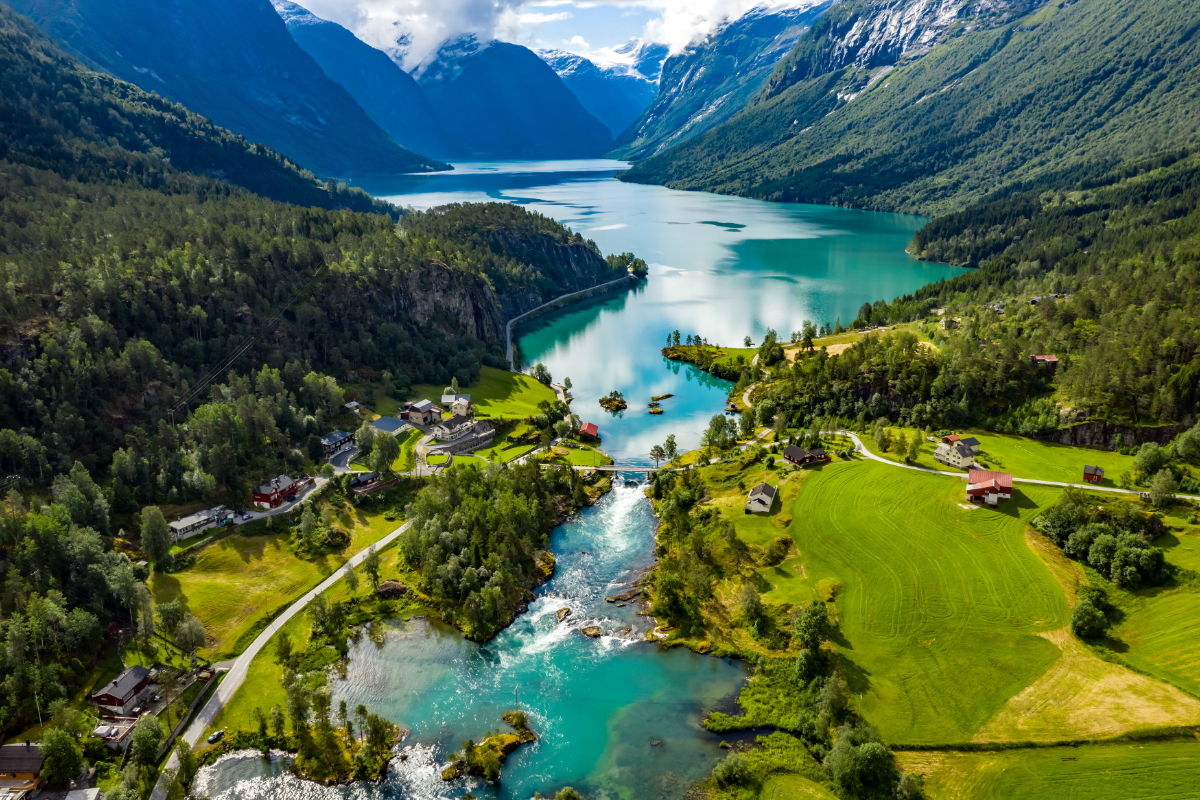
Norway’s natural beauty makes it a top coolcation choiceCredit: Shutterstock: Andrei Armiagov
Coolcations, a phrase first coined in 2023 by Condé Nast Traveller, are growing in popularity in 2025 and here’s why.
As buzzwords go, ‘coolcation’ does exactly what it says on the tin: it refers to taking a holiday in a cooler destination. Travellers taking a coolcation choose a destination with a moderate-to-cooler temperature to escape the heat of the summer. Countries of choice include Norway, Iceland, Finland, Sweden, and Denmark. For those who wish to venture a little further afield, Canada and Alaska are also top choices.
Coolcations are growing in popularity
In response to this growing trend, in the summer of 2024, Norwegian Air added ten new routes between northern Norway and European cities to meet this change in travel demand. This may have been a very good move on their part as travel perks provider Dragon Pass experienced more than a 100 per cent increase in bookings for Norway, Sweden, Denmark and Finland last year, with a further 30 per cent growth expected for this year.
Search behaviour on Google also appears to support this prediction, with the search term ‘cooler holidays’ growing in popularity. In fact, according to Selling Travel, Google Trends data has shown a 300 per cent yearly increase. So what is it about coolcations that is making them such a popular holiday choice?
Why are more people choosing to go on a coolcation?
Well, not surprisingly, those who opt for a coolcation are looking to get away from the blistering heat of the sun. While countries like Greece, Spain, Italy, and Portugal have offered a welcome chance to soak up the rays and some much-needed Vitamin D, global warming is sending temperatures soaring to levels that are quite frankly becoming uncomfortable. It has also led to the increased threat of wildfires, like those experienced in Portugal last year, where more than 1,000 blazed through central and northern Portugal. Not exactly, what anyone wants to be thinking about when taking a well-earned two-week break.
Then there is that much-banded-around word ‘over-tourism’ and the need to get away from the crowds. For anyone who already spends much of their time in a big city where crowds of people come with the territory, the last thing you want on holiday is more of the same. Sightseeing is so much nicer when you don’t find yourself constantly queuing or waiting for the crowds to disperse so you can take your holiday photos.
Coolcations are a great choice for more mindful travel
With popular coolcation destinations, there is plenty to see too, as the scenery can be truly breathtaking. Then there are lots of new experiences to try that are a far cry from lazing on a beach. For example, glacial dips, fjord hikes, kayaking, and midnight sun adventures are much nicer if the temperatures are cooler and you don’t have to deal with overcrowding.
In response to the above, Andrew Harrison-Chinn, the CMO of Dragon Pass, highlights that coolcations often support more mindful travel.
“Travellers are opting for trips that align with their values. Nordic destinations offer something increasingly valuable to modern travellers: space, serenity, and sustainability,” he adds.
“In recent years, we’ve seen growing interest in travel that fosters a deeper connection with nature and prioritises personal wellbeing. From the origins of the Finnish sauna to trekking Norway’s fjords, more travellers are turning to Scandinavia to embrace lagom (balance) and hygge (well-being).”
Are Coolcations at threat from overtourism?
However, with coolcations becoming increasingly popular, at what point will these destinations also be faced with the concerns of ‘overtourism’? For example, cities such as Reykjavik and Bergen are not necessarily equipped to handle high volumes of visitors during the summer season.
“Nordic countries are smaller in size and experience a shorter summer, resulting in a more condensed tourism season,” notes Megan Vila, innovation manager at Expat Explore.
That being said, several Nordic countries have already put plans in place to mitigate the impact of becoming overpopulated with tourists. For one thing, they are working on encouraging visitors to move away from the notion that a coolcation is for the summer only, with a programme of activities to entice visitors throughout the year. They are also encouraging longer stays, to reduce the frequency and volume of travellers while still reaping the financial benefits that tourism will bring to their economy.
Speaking of the financials, opting for a coolcation can come at a much higher price tag than the traditional beach holiday. With the reduced connectivity to some of the more remote destinations, it can also require a lot more planning and longer travelling times as several flight connections may be required.
That being said, if you are looking for something different, and are happy to forego the sun in favour of outdoor adventure, then a coolcation may be something worth considering.
Over to you: Does the idea of a coolcation have appeal and if so, what would be your destination of choice?

